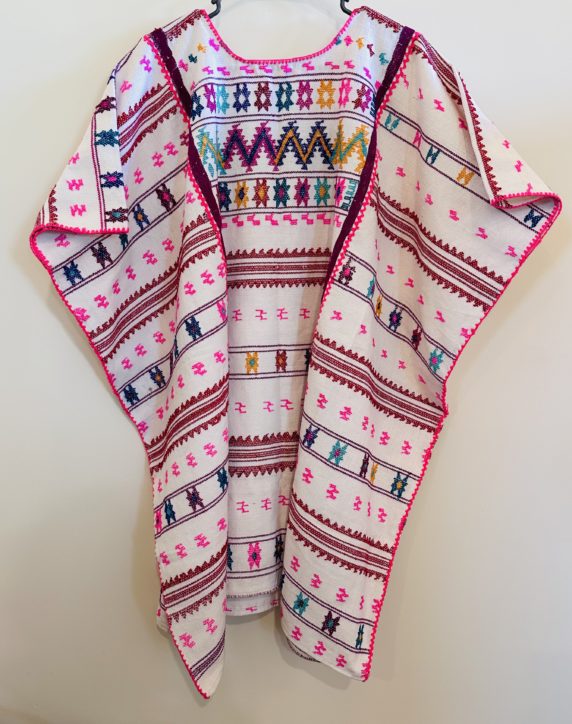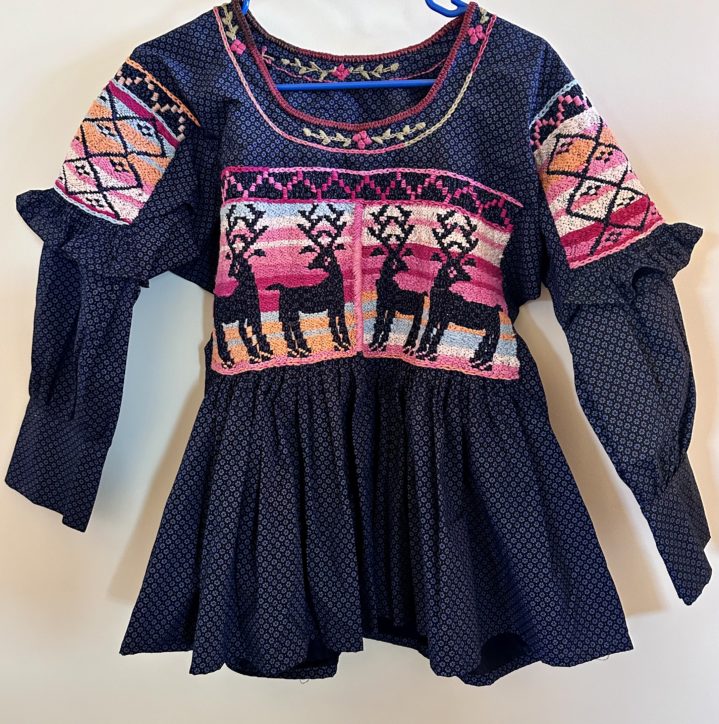We have hopscotched through four states — New Mexico, Arizona, Utah, and Colorado since October 1, 2023. We left Canyon de Chelly (pronounced SHAY) and Chinle, Arizona, yesterday morning and are back in Gallup, NM, before going on to Chaco Canyon, NM, where we will see the annular solar eclipse on October 14 as it passes over us there. This location promises to give us the maximum view!

Mostly, for the last week, we have been in Navajo country, a vast area of 16 million acres that spans New Mexico and Arizona. Diné is the native language and this is what the people prefer to be called. I was compelled to do this road trip after reading the epic tale of conquest of the American West, Blood and Thunder by historian Hampton Sides.

He eloquently tells the story of the Diné people and their expulsion from their sacred homeland, Canyon de Chelly, by Kit Carson and the U.S. Cavalry in 1964. They employed a scorched earth policy by burning corn and wheat fields, killing churro sheep, and starving them out. They cut down 5,000 mature peach trees on the valley floor. The Diné forced Long Walk to desolate Fort Sumner in southeast New Mexico along the Pecos River near the Texas border, resulted in hundreds of deaths. It is told and retold today, a painful part of history.




In a sense, this trip has been about learning more deeply about Native Americans by visiting them on their ancestral lands, in their pueblos, appreciating their connection to the spiritual, and the beautiful weavings, pottery, baskets, and jewelry that they create. We have eaten Navajo tacos (fry bread topped with chile con carne, onions, tomatoes, and cheese, and attended the Northern Navajo Fair in Shiprock.




Most importantly, we spent a full day on the floor of Canyon de Chelly with a Diné guide exploring the cliff dwellings built by the Ancestral Puebloans and retracing the footsteps of great grandmothers and grandfathers who were forcibly expelled and then interned at Fort Sumner from 1864 to 1868.




Yes, Diné people still inhabit the canyon floor where they farm, tend apple orchards, raise horses and cattle. They are the descendants of the survivors. On the canyon rims, too, there are ranches and farms where Diné gave lived for generations.




What is remarkable here are the Ancestral Puebloan cliff dwellings, much more numerous than at Mesa Verde. We made the trip through Canyon de Chelly in a Jeep, across gullies and washes, through shifting sand, wind, over rocks and between old growth trees. I sat in the back seat and figured after this ride, I could easily ride a horse in Michoacan.




Our destination was the impressive Mummy Cave and White House. We saw some amazing petroglyphs, also created between 350 and 1300 AD. The Diné painted glyphs of Spanish conquistadores that came through in the 16th century using charcoal.




From the South Rim road, we saw Spider Rock, the birthplace of the Navajo Nation. From the canyon floor, we saw where the Diné climbed the narrow crevice to get to the top of Fortress Rock to escape, and hide from, the U.S. Cavalry.

The only way to explore the ancient archeological sites, caves, and petroglyphs is by going on a tour with a Diné guide. It was expensive, but it was well worth the experience. We both agreed that this was a highlight of our trip so far.






